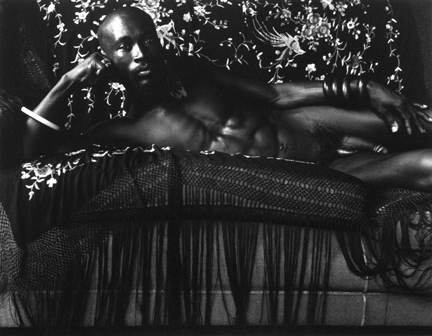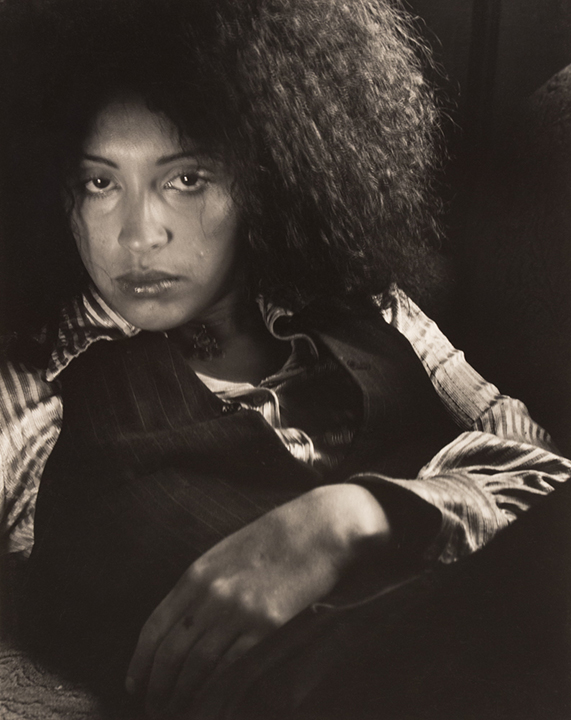About the Photographer
Dater, Judy
American, b. 1941
Throughout her career Judy Dater has devoted herself to interpretive portraiture, expanding on the genre's classical traditions but taking a varied approach and, at times, pushing against conventions. Typically, Dater uses a large-format camera and available light to make her portraits, responding sensitively to the subject's facial expressions and body language as she attempts to capture the moment when their psyche is most fully revealed. Dater has also frequently made self-portraits, and in recent years she has experimented with digital manipulation and computer-based processes.
Dater first came to public attention in the early 1970s for psychologically, and at times physically-revealing, portraits of women. As critic A.D. Coleman wrote at the time, the photographs register a sexual tension but also a sense of self-assertion and emotional intensity. Many of later her portraits of men are also characterized by a combination of empathy for the subject and a candid confrontation of the viewer. For example, in the photograph "Nehemiah" (1975), the subject, a male dancer, reclines nude on a divan or sofa, meeting the viewer's gaze. In the mid-1970s, when the photograph was taken, representations of black male nudes were far from commonplace, and the image is in part a response to social taboos. Yet, while Dater's portraits engaged prevailing attitudes of sexuality, she ultimately sees her nudes as an integrated facet of her portraiture, rather than as a distinct aesthetic category. In an interview in 1981, she stated: "I've never been personally that interested in the nude as an abstract form, but in the individual and the possible personality change as I work. People tend to reveal themselves to the camera and express something about themselves, perhaps even something hidden from themselves." Her works, in her view, are character studies, concerned with reaching the psychological core of her subjects.
Dater was born in Los Angeles, and enrolled at UCLA in 1959. In 1962 she transferred to San Francisco State University, and she graduated in 1966 with an MA in photography. While completing her degree she studied under Jack Welpott, whom she married in 1971. For a period of a few years the two collaborated on a project in which they each photographed women, often the same person, which highlighted their different styles and the differing responses of their subjects. (Dater and Welpott were divorced in 1977.) Dater met Imogen Cunningham in 1964 and viewed her as a role model; in 1979, following Cunningham's death, Dater published Imogen Cunningham: A Portrait, which included photographs by both artists.


